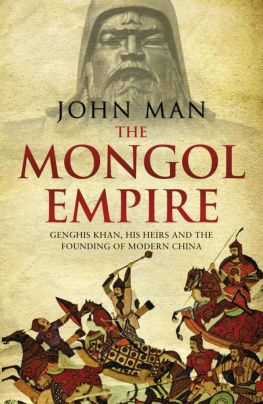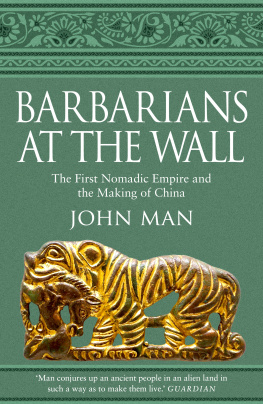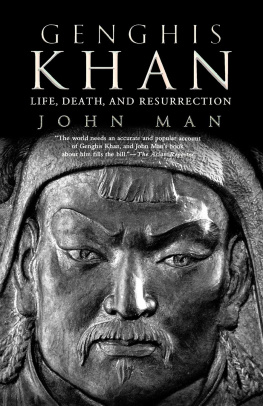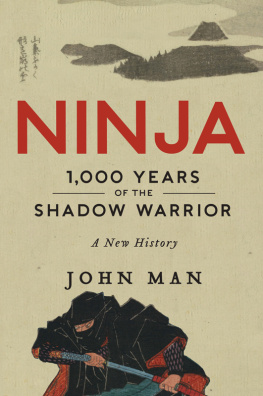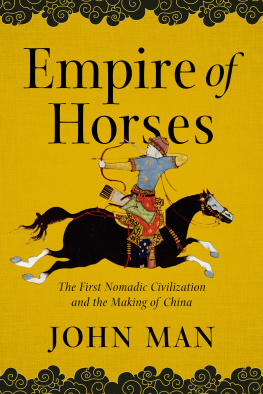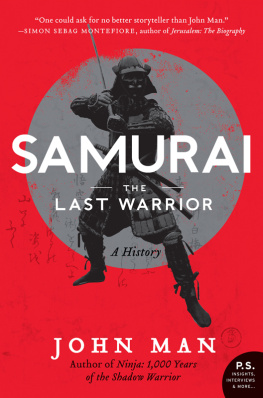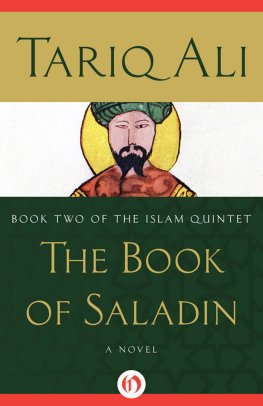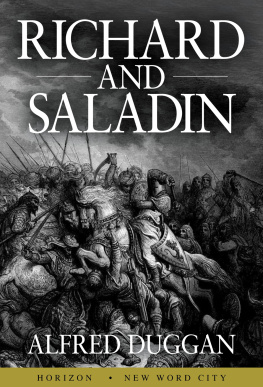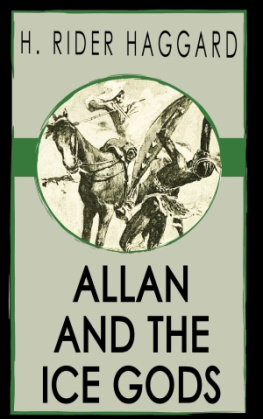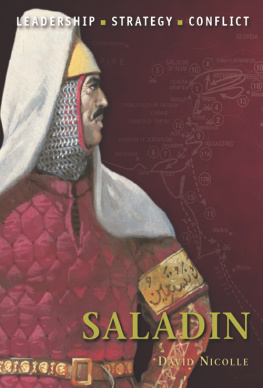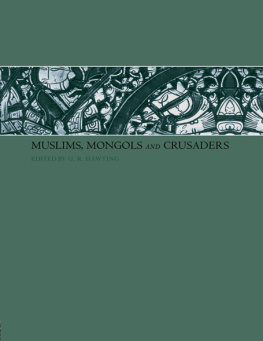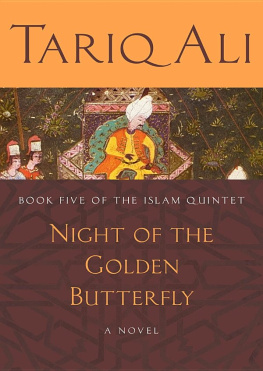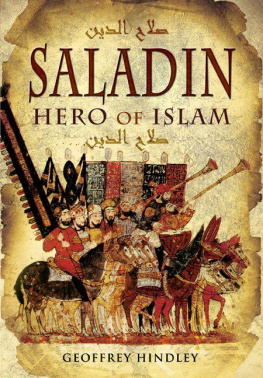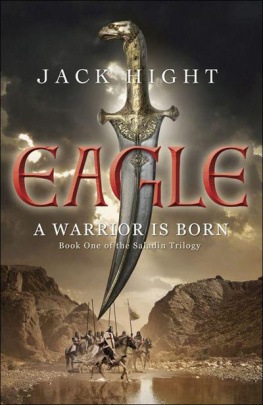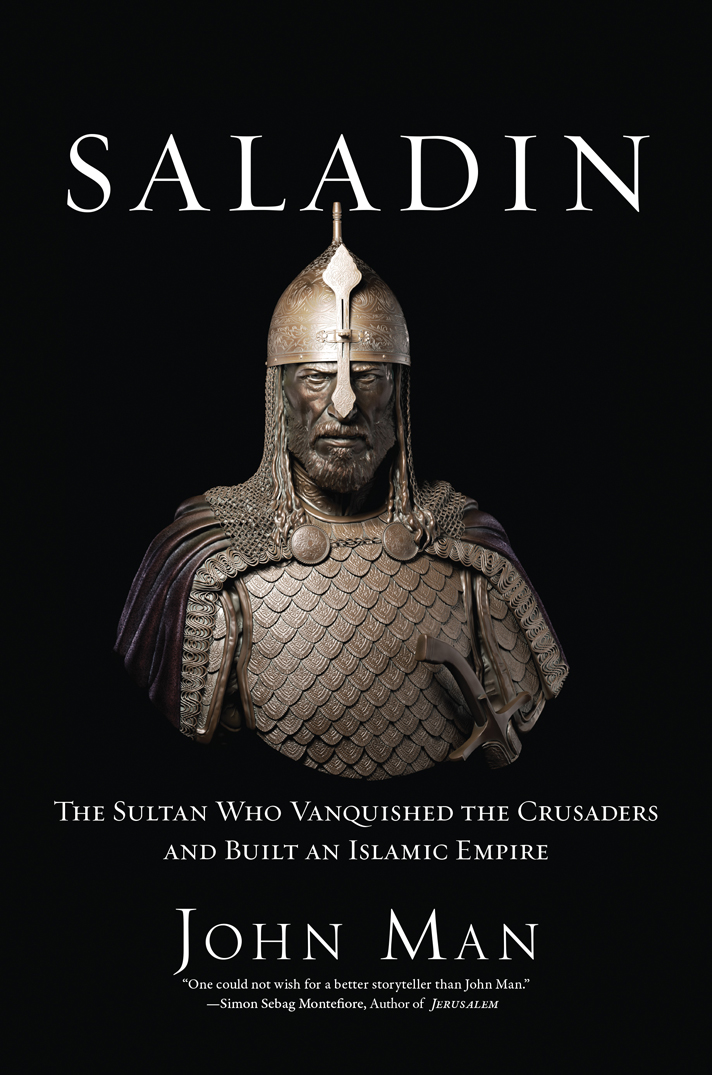
Also by John Man
Gobi
Atlas of the Year 1000
Alpha Beta
The Gutenberg Revolution
Genghis Khan
Attila
Kublai Khan
The Terracotta Army
The Great Wall
The Leadership Secrets of Genghis Khan
Xanadu
Samurai
The Mongol Empire

Copyright 2016 by John Man
Maps by Tom Coulson at Encompass Graphics
First published in Great Britain in 2015 by Bantam Press, an imprint of Transworld Publishers. Transworld is part of the Penguin Random House group of companies.
All rights reserved. No part of this publication may be reproduced, stored in a retrieval system, or transmitted, in any form or by any means, electronic, mechanical, photocopying, recording, or otherwise, without the prior written permission of the publisher. Printed in the United States of America. For information, address Da Capo Press, 44 Farnsworth Street, 3rd Floor, Boston, MA 02210.
Typeset in Sabon by Falcon Oast Graphic Art Ltd.
Cataloging-in-Publication data for this book is available from the Library of Congress.
ISBN: 978-0-306-82488-3 (e-book)
Published by Da Capo Press
A Member of the Perseus Books Group
www.dacapopress.com
Da Capo Press books are available at special discounts for bulk purchases in the U.S. by corporations, institutions, and other organizations. For more information, please contact the Special Markets Department at the Perseus Books Group, 2300 Chestnut Street, Suite 200, Philadelphia, PA 19103, or call (800) 810-4145, ext. 5000, or e-mail .
10 9 8 7 6 5 4 3 2 1
Table of Contents
Guide
Contents
List of maps
ASK ANYONE IN THE EASTERN MEDITERRANEAN TO NAME their greatest hero and the answer you will get is almost certainly Saladin. All across Europe and America, if you ask for one Arabic hero, the answer, after a pause for thought, will probably be the same. One in a million might say that, strictly speaking, he wasnt Arabic but Kurdish. But you get the point. Kurds, Arabs, Iranians, Turks, north Africans, Jews and Europeans of all nationalities, and many Americans with Middle Eastern connections, think Saladin is one of the greatest leaders of all time, with virtues to match his achievements.
History supports them, up to a point. But there is more at work than history. Saladin is a fantasy hero as well as a real one. He embodies dreams and wishes, like Arthur, though rather better because so much more is known of him. Take one theme of his life story, which is like the plot of a good-guy v. bad-guy movie. Saladin himself is, of course, the good guy. Against him is set a baddie with such archetypical faults that he sounds like a caricature. His name was Reynald, and he came to the Holy Land for fame and fortune, which he found by doing terrible things. He caught the eye of a princess and took control of her city. He wrung cash from a prelate by torturing him and leaving him naked in the burning sun to be food for insects. He used that money to invade and ruin a beautiful and peaceful island. A spell in prison made him even more fanatical, greedy and bloodthirsty. By the time Saladin came up against him, Reynald was the grim master of the grimmest of Crusader castles. He ignored truces and insulted those who remonstrated. Saladin was so appalled by his behaviour that he set aside his usual magnanimity and swore he would kill Reynald with his own hands. Finally, after a famous victory, he did so, taking off his head with one blow of his sword. Insult, vengeance, retribution: these are themes that have driven great storylines from the ancient Greeks to Hollywood.
Theres Hollywood in another strand of Saladins story too. In the battle following the one in which Saladin slew Reynald, the Crusaders bore aloft their greatest treasure, which they called the True Cross. In fact, it was a wooden fragment set in a gold-and-silver cross. This object had its own back-story, which totally convinced the Crusaders of its authenticity. It was for them what Alfred Hitchcock called the McGuffin, the object of power that everyone wants, and which therefore drives the plot. It may have real power (as the Ark does in Raiders of the Lost Ark) or it may not, just as long as it is desired. The True Cross was an object of both desire and power. For Christians, it was more than a symbol of why they were crusading; it was the very reason why. It was, to them, the actual thing upon which Christ was crucified, or part of it. It had the power to work miracles, a talisman that would confound all enemies, confer victory, and keep Jerusalem in Christian hands for ever and ever amen, until Christ returned in glory.
Well, they lost the battle to Saladin, and they lost Jerusalem, and they lost the True Cross enough, one might think, to demonize Saladin in their eyes. And yet Christians admired him, not simply because he was in fact admirable, but because his fine qualities were explained and magnified, with a convoluted logic, which ran as follows:
Christians are good, and must prevail in the end because God is on our side. But in this case Saladin prevailed. This must be because we are not good enough Christians, so God is punishing us. Saladin is his instrument. Therefore, in this instance, Saladin is close to God and is to be seen as a closet Christian, and therefore admirable, an embodiment of Christian virtues, the perfect knight.
How to separate out the strands of fact and fantasy is one object of this book. Another is to see why down the centuries Saladin has remained a hero, and remains one still.
The quick answer is that there are many similarities between then and now.
Now, as then, the Muslim world is divided by the great SunniShia schism; now, as then, sects multiply; now, as then, Arabs are hungry for some way to heal the split; now, as then, they are eager to confront and confound the challenge from without then the Crusaders, now the USA, working through its proxy, Israel, and its other allies, its armed forces, its companies. There is a hunger for simpler problems and a solution as simple as Liberate Jerusalem! One cry remains the same: Jihad! though it was simpler then, because the enemy was not a distant and indestructible superpower but was on the spot, occupying cities and castles, with finite forces, which could be vanquished with the right leadership.
Another echo from the past is the habit of taking hostages. The circumstances in Iraq and (as I write) Syria are often remarkably similar, even more so recently. Not long ago, announcing the taking of a hostage and the terms for his almost always his release took a simple call on the victims mobile phone. But today mobile phones are easily traced, revealing hiding places and summoning drones. Kidnappers have resorted to medieval means: handwritten demands, go-betweens and in one case... well, a source who advises on kidnap-and-ransom cases told me the story. An Iraqi businessman was taken hostage. Soon after, his family received a large crate. It contained homing pigeons, along with instructions: tape $100 to the legs of each pigeon, and release it. When the last pigeon was released, so was the prisoner. Any Muslim leader in the twelfth century would have understood, because carrier-pigeons were the equivalents of email servers, linking in hours even the most distant of friends and enemies.


